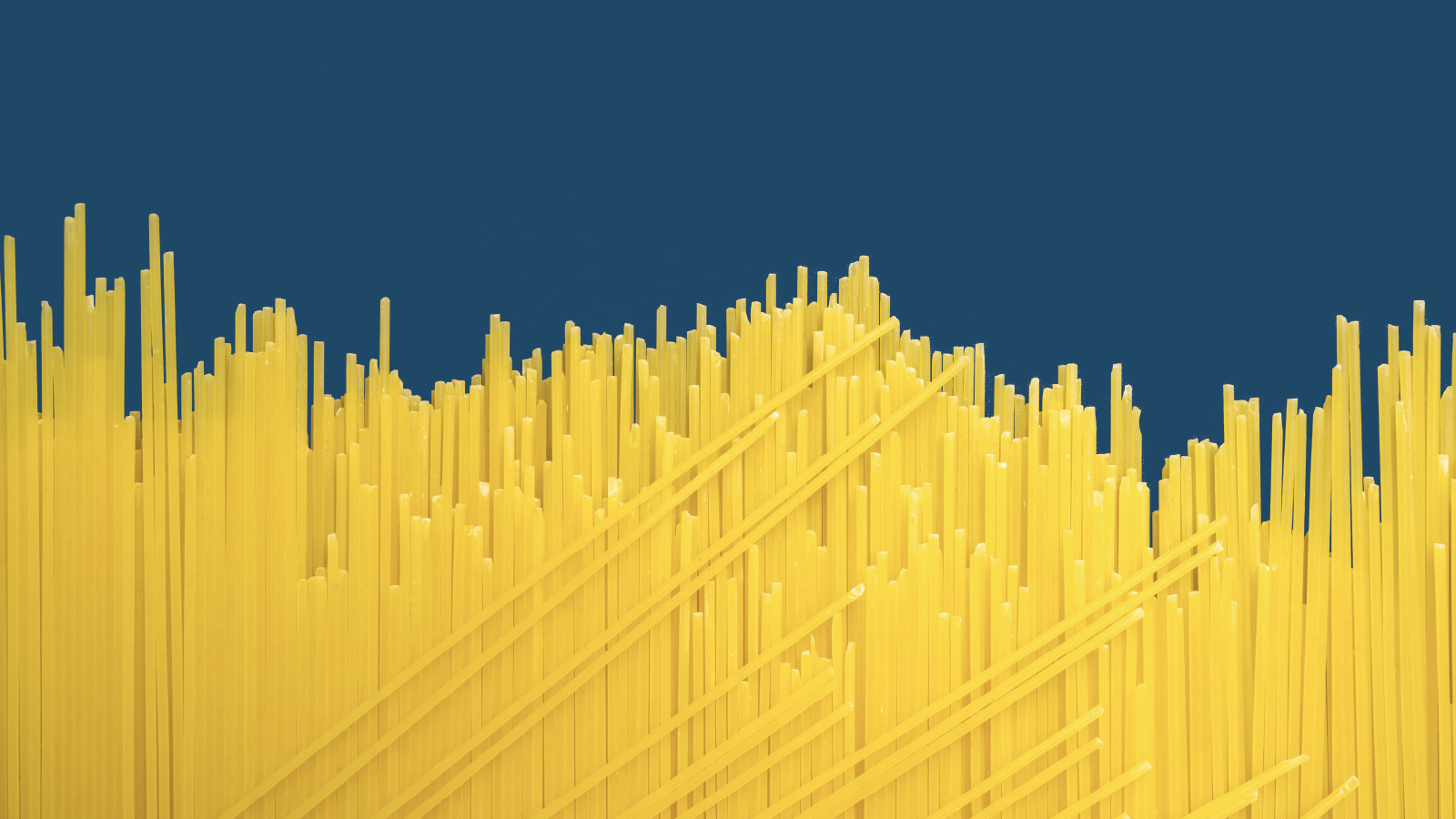Circular economy in the food system
To evaluate how the food system evolves, we created a conceptual framework.
Common starting point: a conceptual framework
The food system is very complex and is subject to many challenges. A circular view of this system allows us to view the challenges from a material point of view – we do not pretend that we can easily solve these challenges from the circular economy, but we make the exercise to potentially place opportunities and pitfalls in a different light.
Expertise and initiatives regarding circularity within the food system are spread across many different stakeholders. In research from 2021, we developed a vision of what a circular system for nutrition should look like. In essence, this means minimizing the material demand and the associated environmental impact of this system, while still ensuring that the nutritional needs in Flanders are met for all citizens through a safe, balanced and healthy diet.
3 central themes
The framework created has three central themes:
- the optimization of the inputs;
- the optimization of the food products;
- and the optimization of the residual flows.
For each of these themes there are strategies to minimize material demand and the associated environmental impacts of the food system.
The food system is unique within the circular economy in a number of ways.
- Regarding the first theme, input use, an important aspect for this system is that it is difficult to reuse inputs in closed loop systems because their use reintroduces them into natural biochemical cycles.
- For the second theme, food products, it is essential to take into account the unavoidable disposable and organic nature of food products. High-quality circular economy strategies – such as reuse and repair – that aim to increase and extend the use of products cannot be applied to the food system, as the product mainly becomes feces after use. Instead, the use of biomass in the system should be optimized, for example by focusing on consumption.
- The same applies to the third theme, residual flows, as the inevitable organic flow associated with food production and consumption must be optimally utilized.
Findings
The food system is to some extent intrinsically circular, due to its connection to the biosphere, but increasing production and consumption have pushed the system away from the underlying natural cycles. Today there is a lot of room to optimize the circularity of the system on all three fronts of input use, product use, and use of residual flows.
- The use of inputs must be brought into line with the carrying capacity of natural ecosystems by further reducing total use, further increasing the shares of, for example, water and energy obtained from renewable sources, and by reducing losses to the environment.
- Food use can be further optimized by tackling excesses – in the form of overconsumption and food loss – and by shifting dietary habits towards products with a low environmental impact.
- Finally, the use of residual flows from the food system can be further optimized by increasing selective collection and enabling more high-level valorization according to the cascade.
Double focus
Overall, the transition of the food system to a circular economy will require a dual focus, using technological innovation to optimize current cycles, while at the same time focusing on system innovation by questioning the existence and magnitude of current cycles within the usable space set by the planetary boundaries.
Work in progress
The large number of indicators discussed throughout this report shows that the food system is not easy to analyze or summarize. The emphasis of circularity strategies differs for the different actors in the food system. The study focuses on the three most important links in the food chain: primary production, consumption, and waste collection and processing, and is based on reframing already accessible data, collected for other purposes. It was therefore not yet possible to develop the best possible indicators for all relevant aspects of a circular economy for the food system.
Further research is needed to address current gaps, such as food processing, and refine the available indicators. It is also clear that current input use entails very high material requirements and environmental impacts, but it is currently unclear which circular goals should be pursued with regard to local and global environmental boundaries.
Further research could focus on developing scenarios for a circular food system, allowing the implications of scenarios to be assessed and providing input for setting target values for certain indicators.





